Aside from the endless neighborhoods with their shops and food there are things to see in Istanbul. Big amazing things. Ancient things. The history of the city is almost impossible to comprehend. Layers on layers on layers. And some of the most famous structures in the world can be found here. Being both the capital of the Roman and Ottoman Empires, they built a few things. And there’s no way I was going to miss them, even if they are often choked with tourists and crowds. Luckily we were visiting during the winter which is not the peak time here. It was cold and often raining. But there were plenty of visitors still around. For better or worse, most of these sites are all located near each other in the Eminönü and Sultanahmet neighborhoods where the walled city of Constantinople began. You can spend days here just seeing the major attractions. I recommend just getting them out of the way early so you spend the rest of your trip wandering around the neighborhoods and exploring.
An exception is the Dervish Museum located at the end of İstiklal Street near the funicular between Tarlabaşı and Galata. It’s one of only two major Dervish site left and they only perform the whirling ceremony on Sundays and seating is limited. Buy tickets early and show up early. We showed up 30 minutes early when the gates opened and were still in the back of an enormous line.
Hagia Sophia
Perhaps the most famous building in Istanbul. Hagia Sophia (or “Divine Wisdom” in Greek) as it stands today is actually the third church built on that location. The original church was built in the 4th century by Constantine who made his home in what was then called Constantinople at the center of the Roman Empire. When that church burned down in 404AD it was rebuilt but was burned again during the Nika riots of 532. The current structure was built by emperor Justinian I between 532-537 AD. This new church, the largest christian church in the world, became the symbol of the Byzantine empire and the seat of the Eastern Orthodox Church. In 1204 the Christian church was sacked by the fourth crusade and looted of it’s treasures and relics (some of which are still on display in Venice) definitively dividing the Greek Orthodox and Roman Catholic churches. When Constantinople was conquered by the Ottoman Turks in 1453 and sultan Mehmet II took the city for his capital and converted the church into a mosque. The building is now a museum without active service.
Blue Mosque
Right next door to the Hagia Sophia is the Blue Mosque or the Sultan Ahmed Mosque, built between 1609 and 1616 during the rule of Ahmed I. This is still an active mosque so while visitors are allowed inside all rules of mosques are in effect and the building is closed for a half hour during each of the five calls to prayer.
Grand Bazaar
In the center of Eminönü is one of the largest and oldest covered markets in the world. Construction started in 1455. It has over 61 covered streets and over 4,000 shops inside intricately painted hallways. It’s something to be seen. It wasn’t as claustrophobic as I had feared and we had fun exploring. Although since we can’t actually buy things right now it was more of an act of curiosity. The streets outside in every direction are lined with even more shops and thicker crowds that can be challenging to walk through.
Basilica Cistern
This underground cistern was created by Emperor Justinian in 532 to provide water to the palace. Created using 336 columns, mostly taken from other structures and pieces of antiquity, the room holds 80,000 cubic meters of water. It was abandoned when Byzantine emperors relocated from the Great Palace and forgotten about until rediscovered in 1545 but was used mostly for dumping until renovated in 1985. Note the museum pass is not accepted here.
The Hippodrome
Beside the Great Palace in Constantine’s New Rome he built a massive Hippodrome for chariot racing and lined the center around which they raced with items of antiquity that he had imported. The Hippodrome is now a large park beside the Blue Mosque but three of the columns that stood in the center still survive today. The level of the city has risen, the objects have been excavated to show their original bases, so they appear in gated pits.
Topkapi Palace
Built by Mehmet the Conqueror in 1453 directly after his conquest and occupied until his death, this palace housed subsequent sultans until the 19th century when more European style palaces were built on the banks of the Bosphorus. It has large walls and 4 sequential courtyards and sets of buildings to manage all affairs of state and personal life of the sultan including his harem which in reality means private and comprised his personal quarters, his wives, and up to 300 concubines who were schooled and trained and promoted to various positions within the household. It’s an enormous structure and it takes several hours to see everything. We budgeted 3 hours but wanted more. It has collections of treasures, amazing architecture, and relics from the Prophet Muhammad on display.
It’s difficult to communicate the scale and intricacy of these palace rooms. It was awe inspiring. The photos do not do it justice.
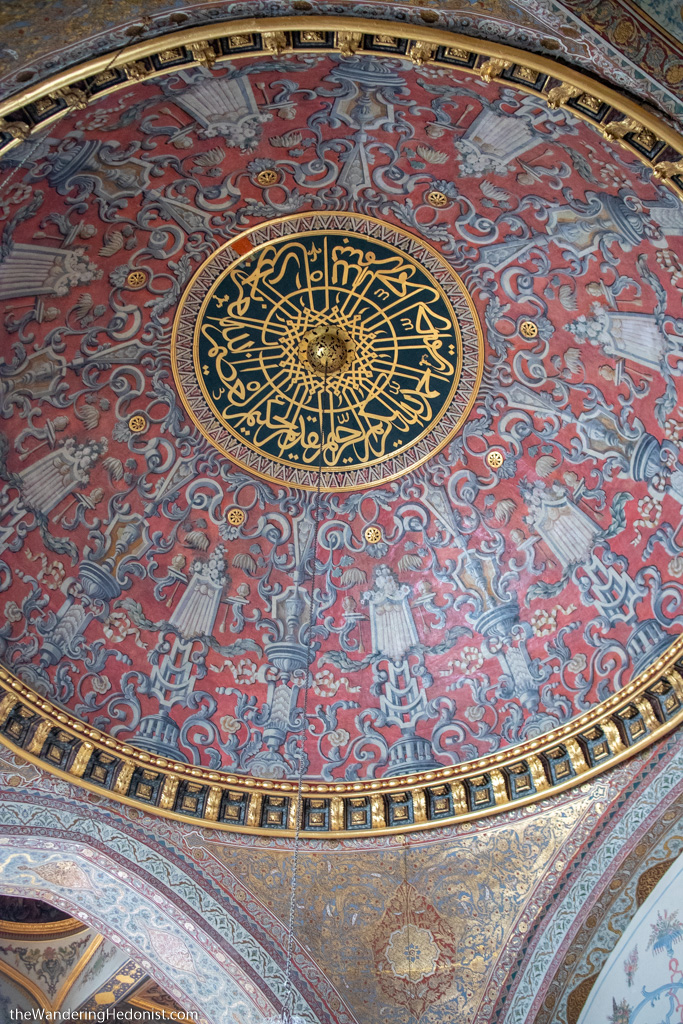

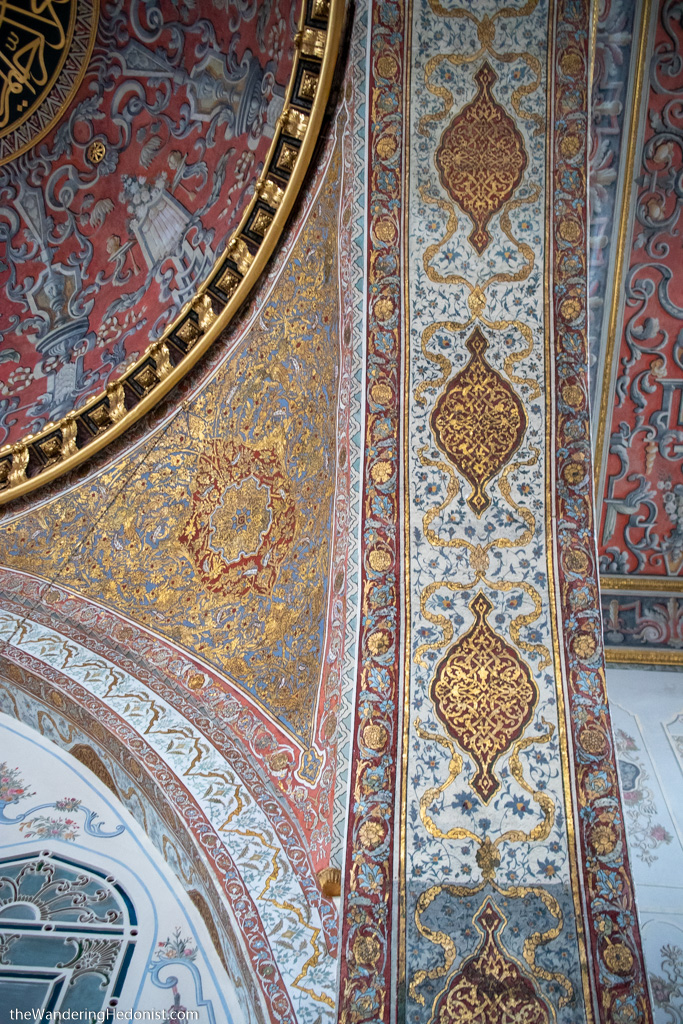
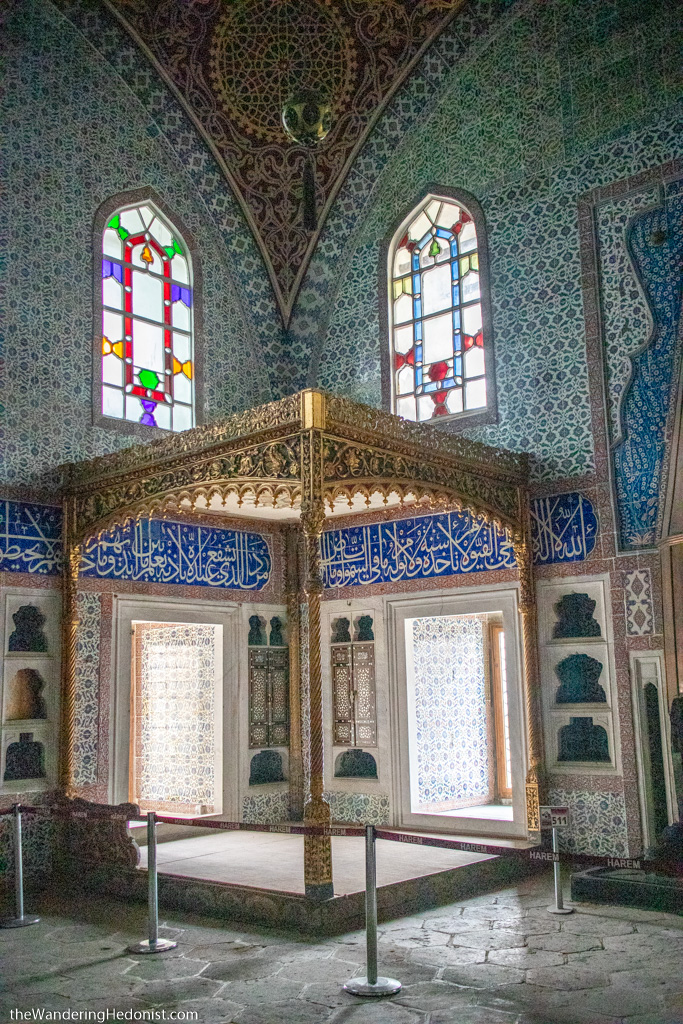
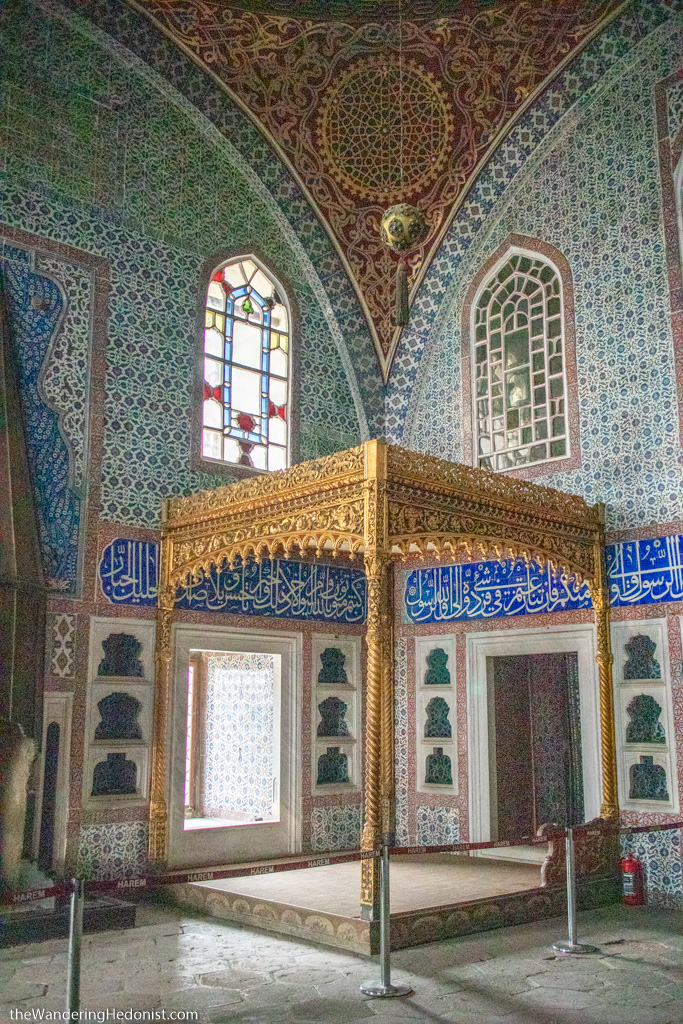


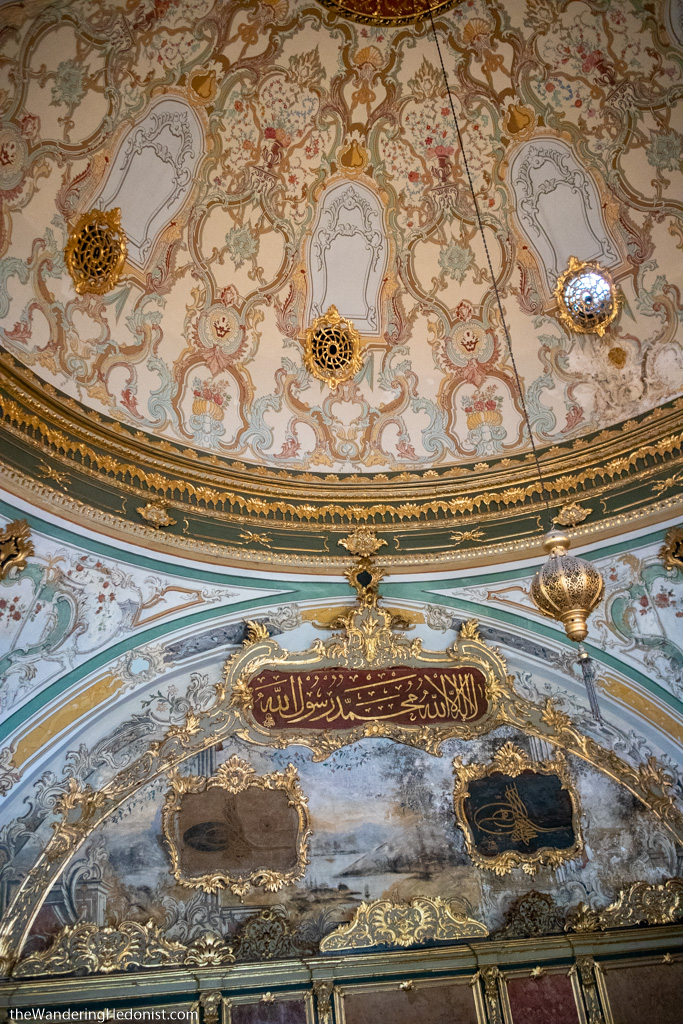
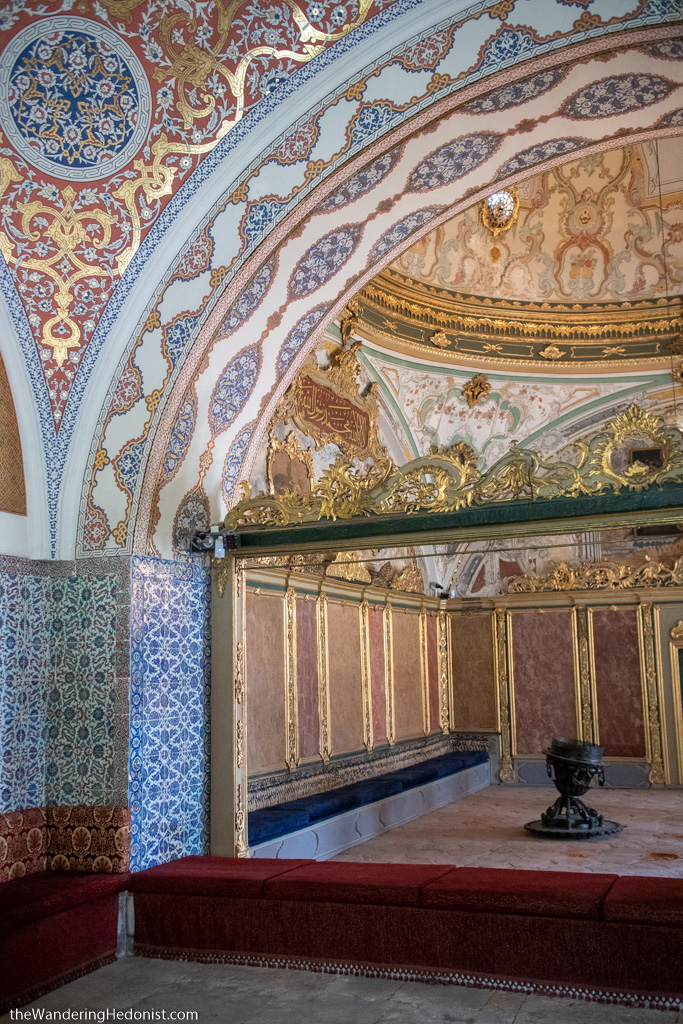
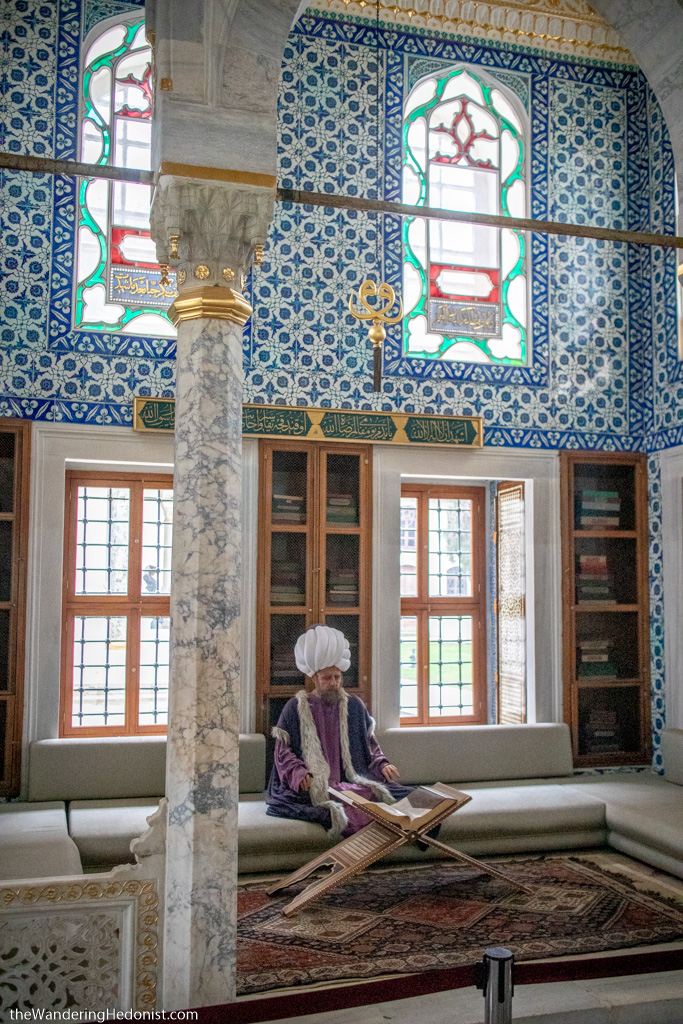
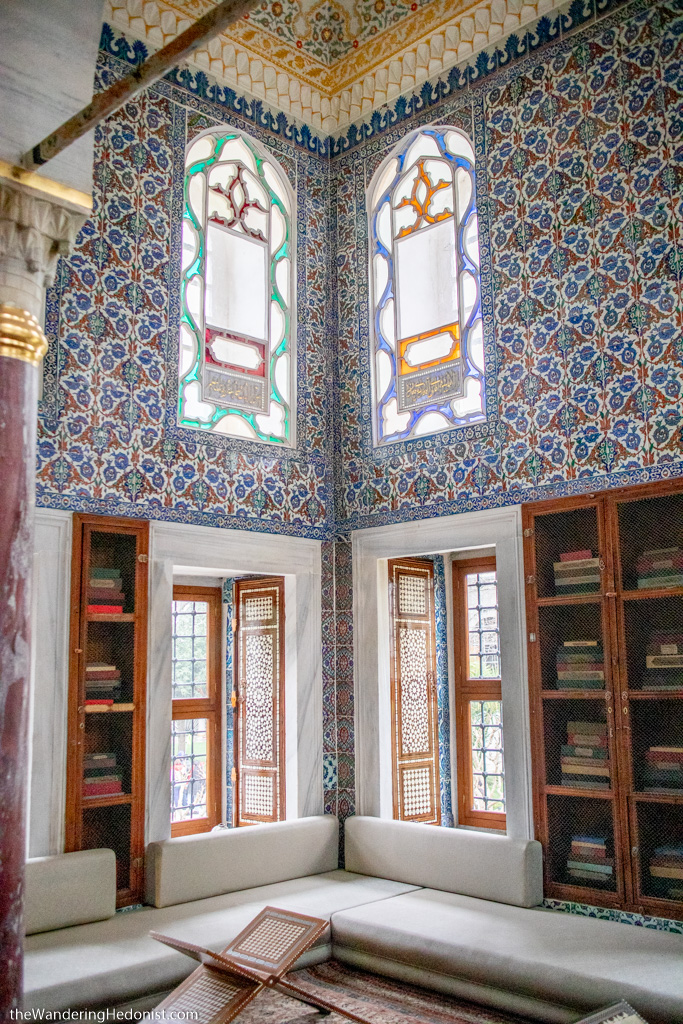
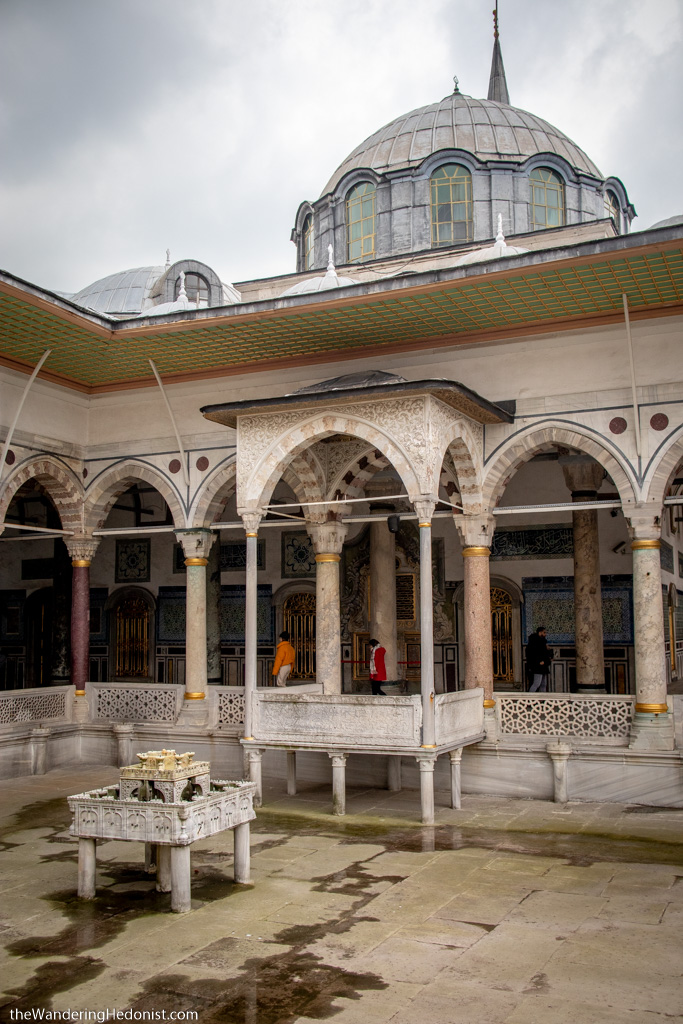
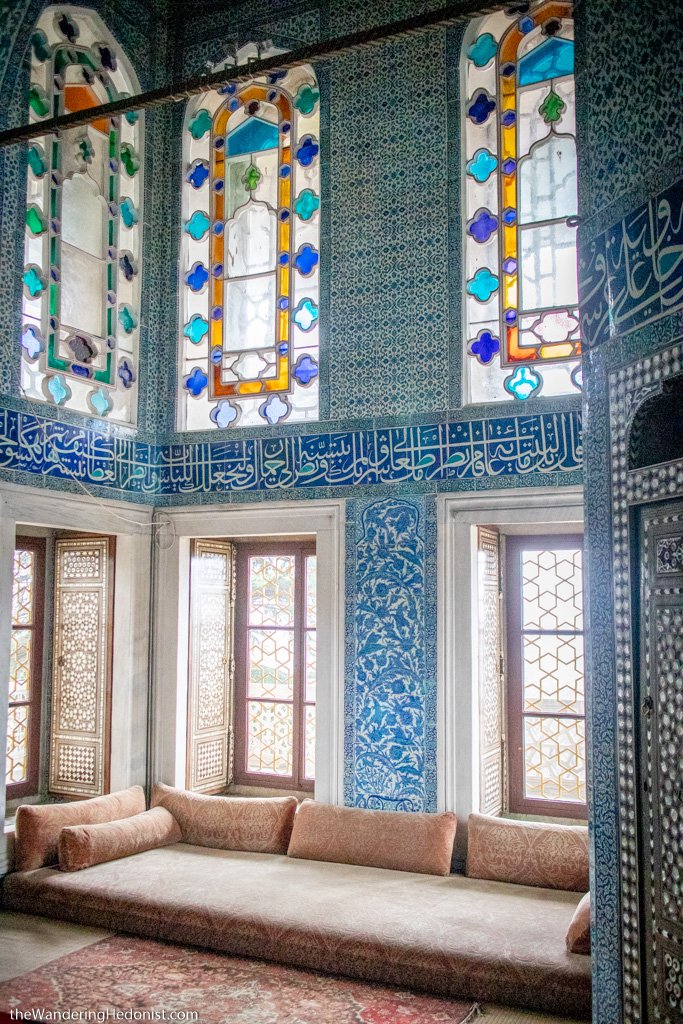

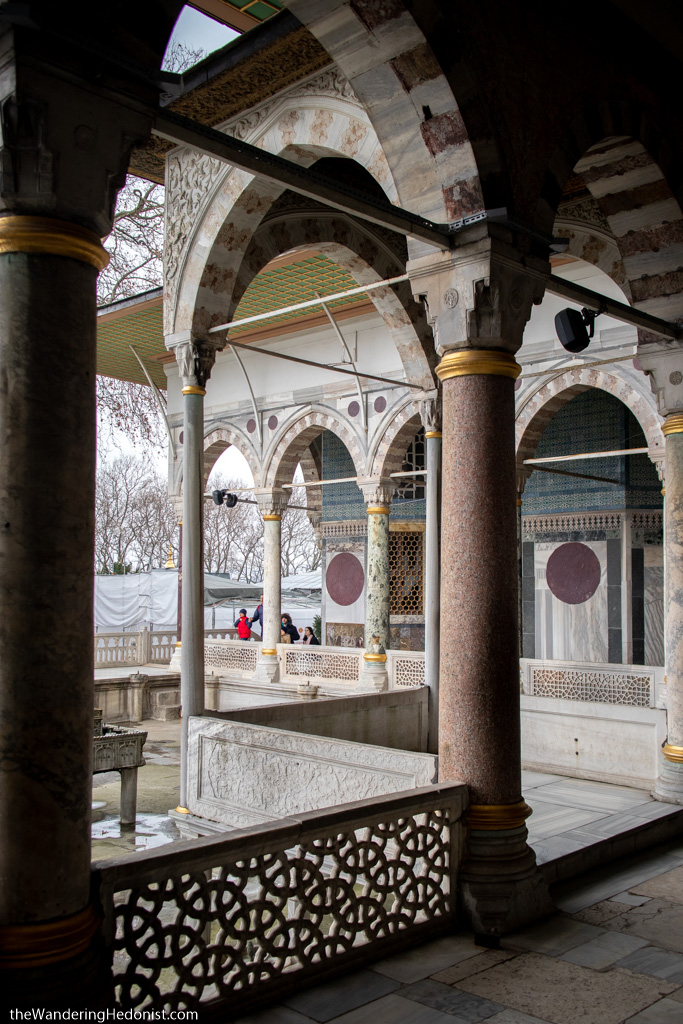
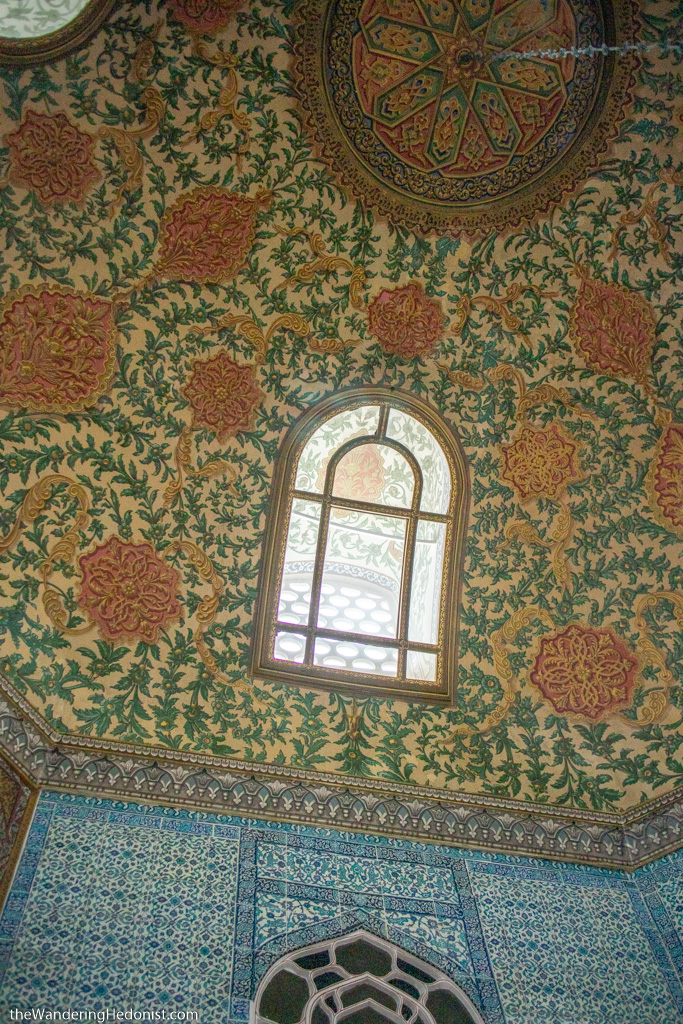

Istanbul Archaeology Museums
This museum is available on the city’s museum pass and is right beside the Topkapi palace so it makes a nice duo. We saw this museum in the morning, had lunch, then saw the palace. The main hall is essentially a celebration of grave robbery with many tombs and gravestones and their contents. It’s interesting for sure but I’m not sure how I feel about it. The oriental building has all sorts of antiquity fragments of Egypt and before dating back to 900BC. We spent more time here than I thought we would. And there’s an interesting house built by a sultan that’s cool. Worth checking out.

The skull of King Abdalonimus of Sidan. It doesn’t say that but it was in the Alexandria tomb and that’s who’s tomb it was so . . .
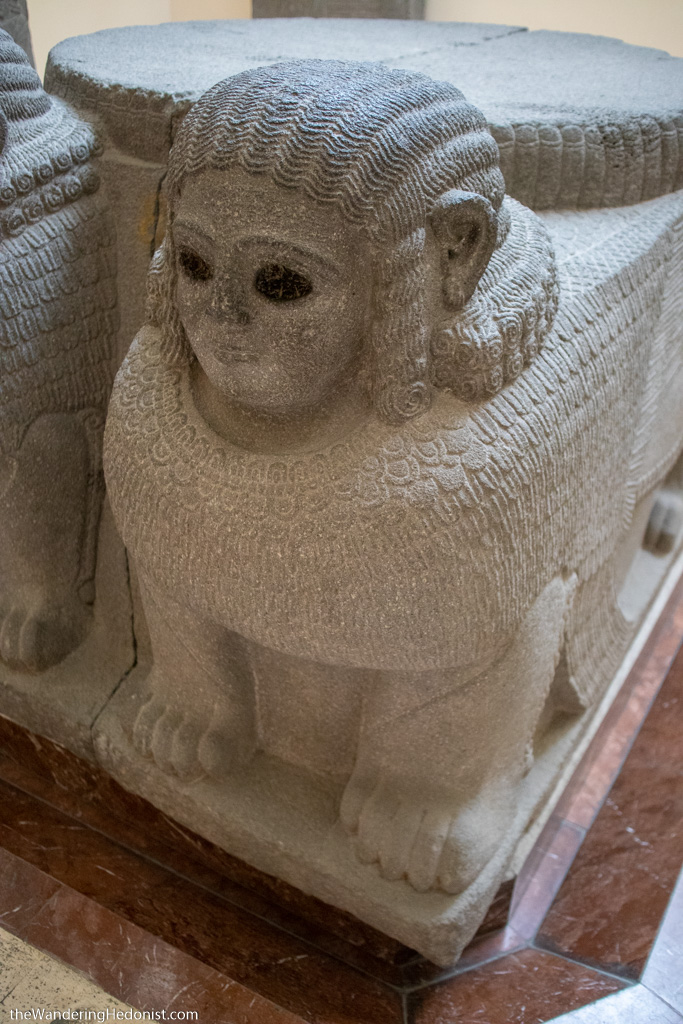
This was a creepy little fatty. These statues had eye sockets so I assume they had eyes in there at one point. A little creepy without them.
Süleymaniye Mosque
As you cross the Galata bridge, immediately to your right you’ll see a large mosque on the hill above you. It’s easy to get to and has great views of the city. Honestly it seemed just as lovely as the blue mosque but much less crowded. I highly recommend.
Galata Mevlevihanesi Müzesi and the whirling Dervishes
I’ve been fascinated by the dervishes for as long as I remember. The Dervish are a sect of the Suni Muslims mystics who followed the 13th century Persian poet, Islamic theologian, and Sufi mystic Jalāl ad-Dīn Muhammad Rūmī (or Mevlânâ) who formed the Mevlevi Order in 1312. The Suni focus is on the inward discover of god. And the whirling ceremony used to be a weekly practice that included all members of the order. After the Ottoman Empire fell in WWI, The Sufi organizations were declared illegal and their worship places closed. The display of the whirling ritual was later permitted by the Turkish government and the two most major sites today are in Konya where Rūmī is buried and in the Galata Dervish Museum.
Chora Church / Kariye Museum
This church was a bit tricky to get to. It’s over mile north of Eminönü. We had some bus adventures to get there. It was a late Byzantine church just before Constantinople fell and was converted into a mosque after. But it has some of the best examples of Byzantine mosaic artwork in the world. It’s small. And there’s considerable loss to some of the mosaics. But what’s there is quite fabulous.

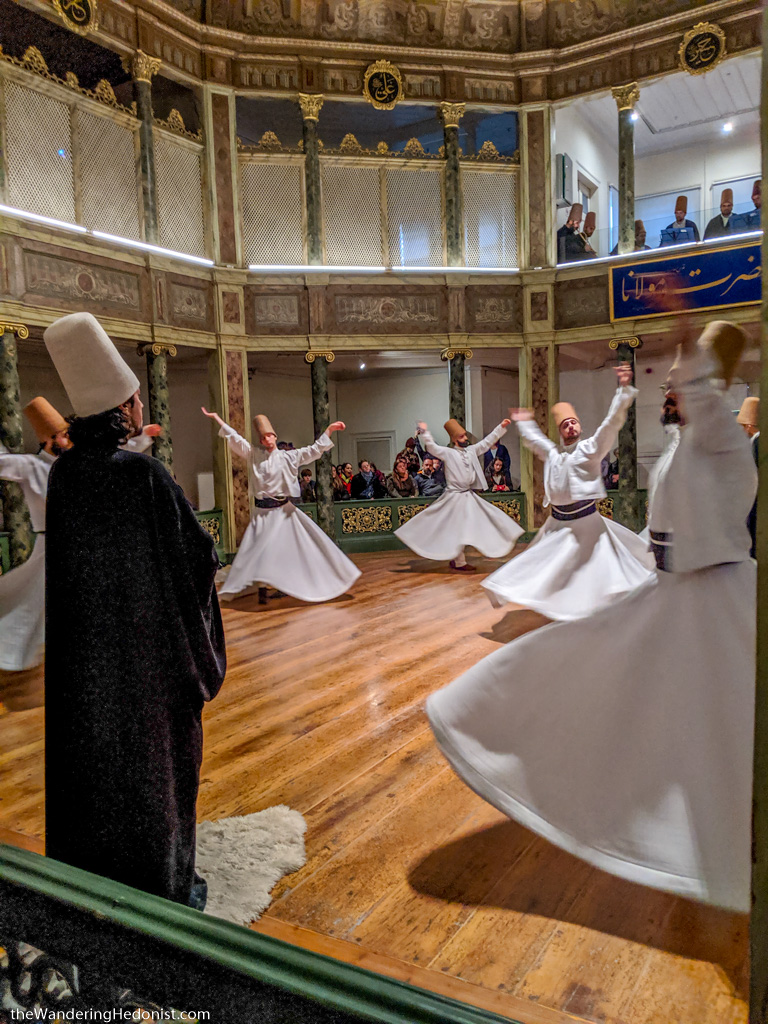


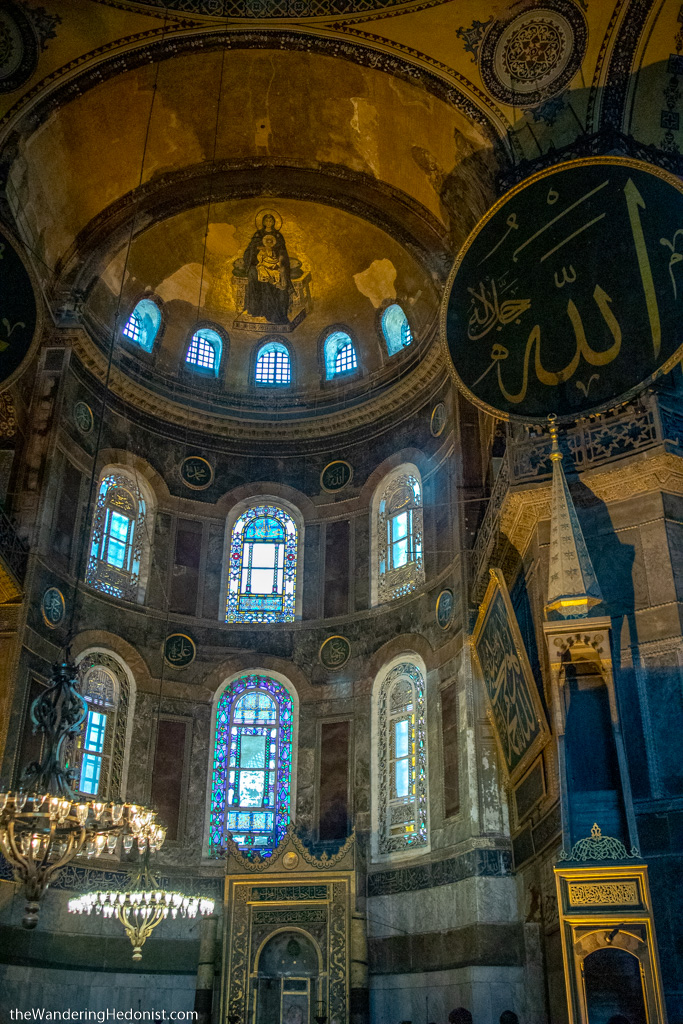
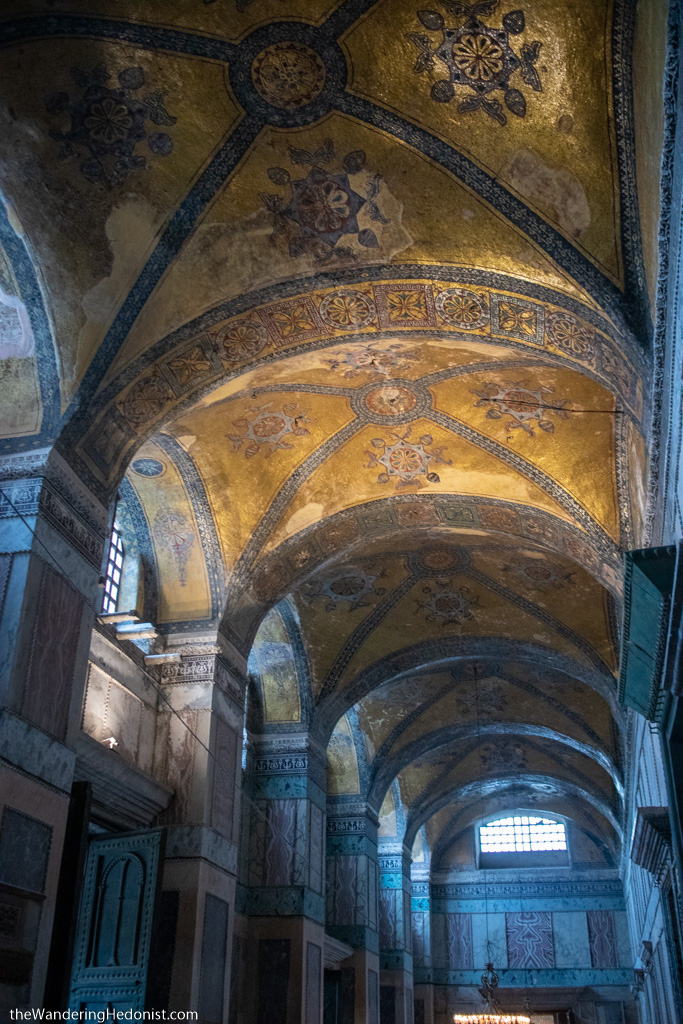
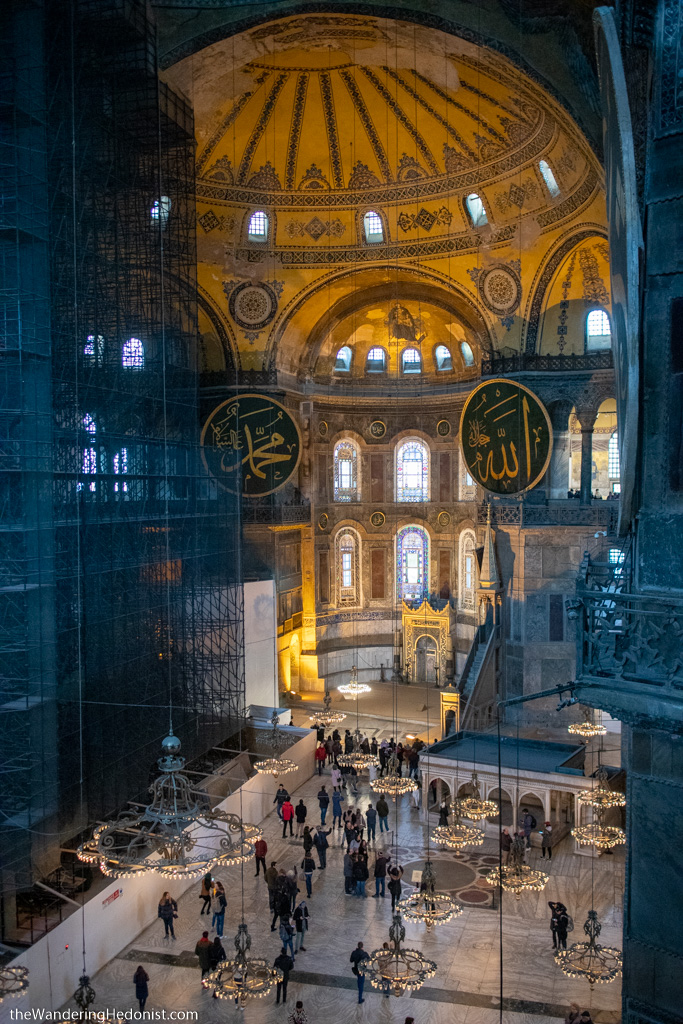
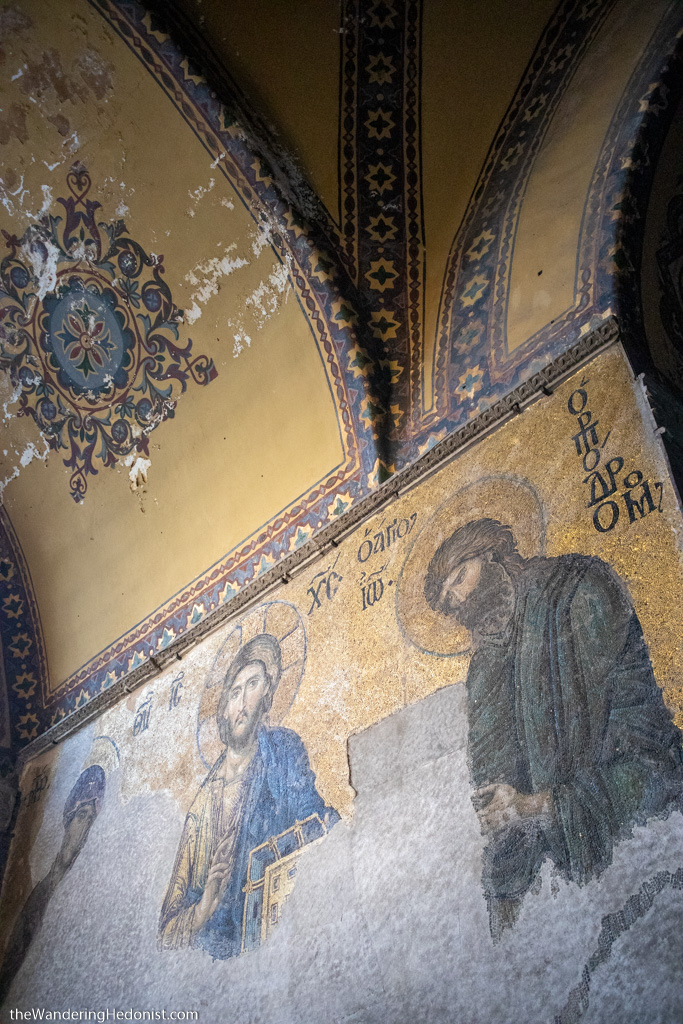


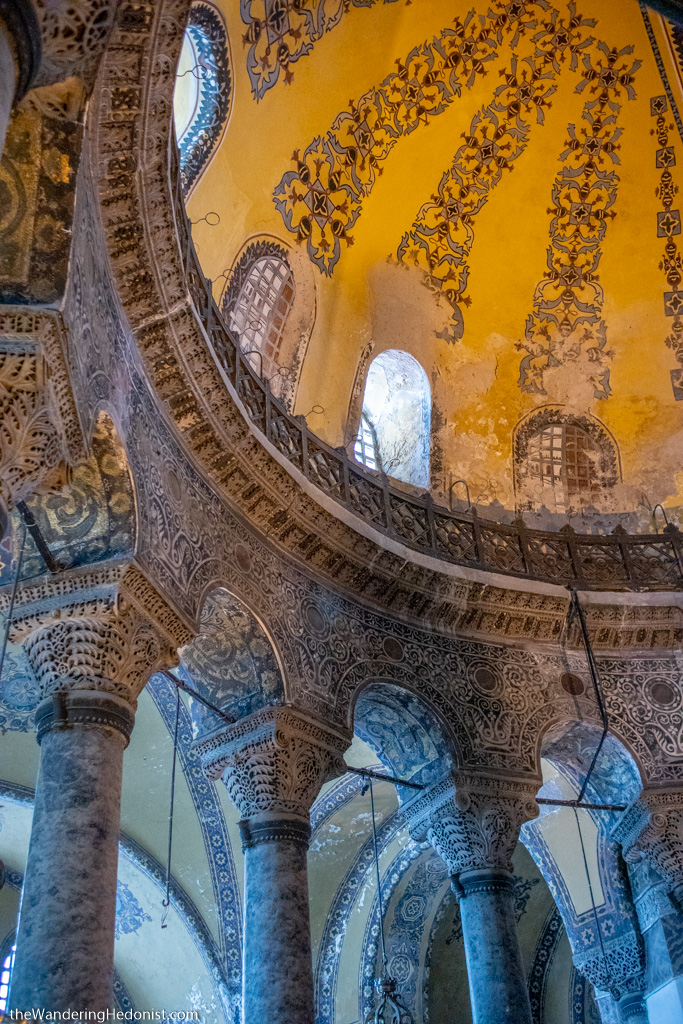






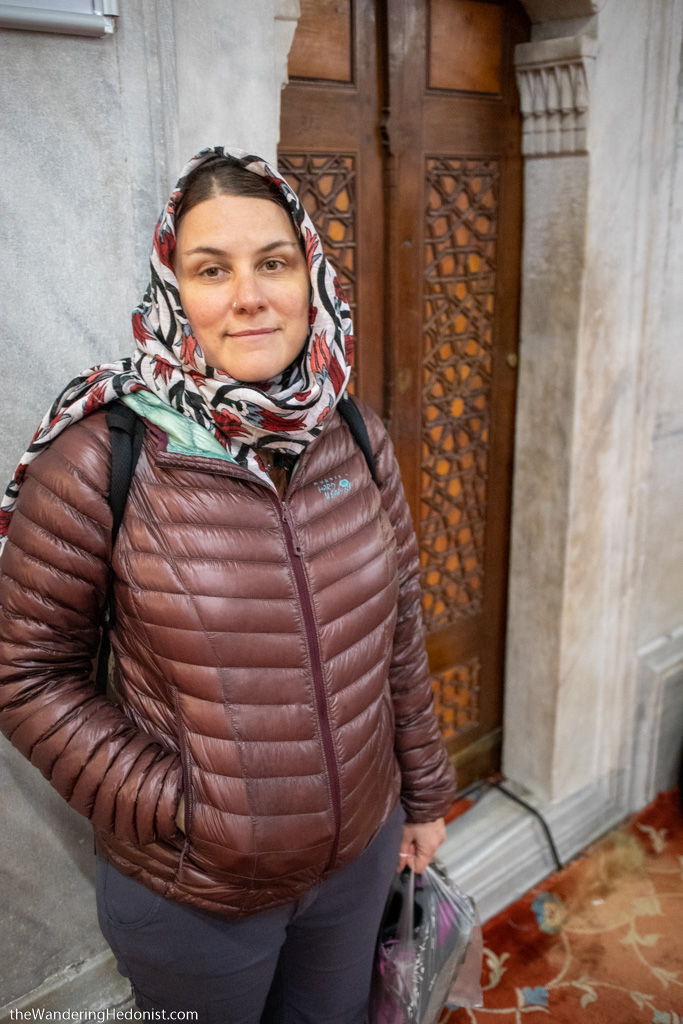

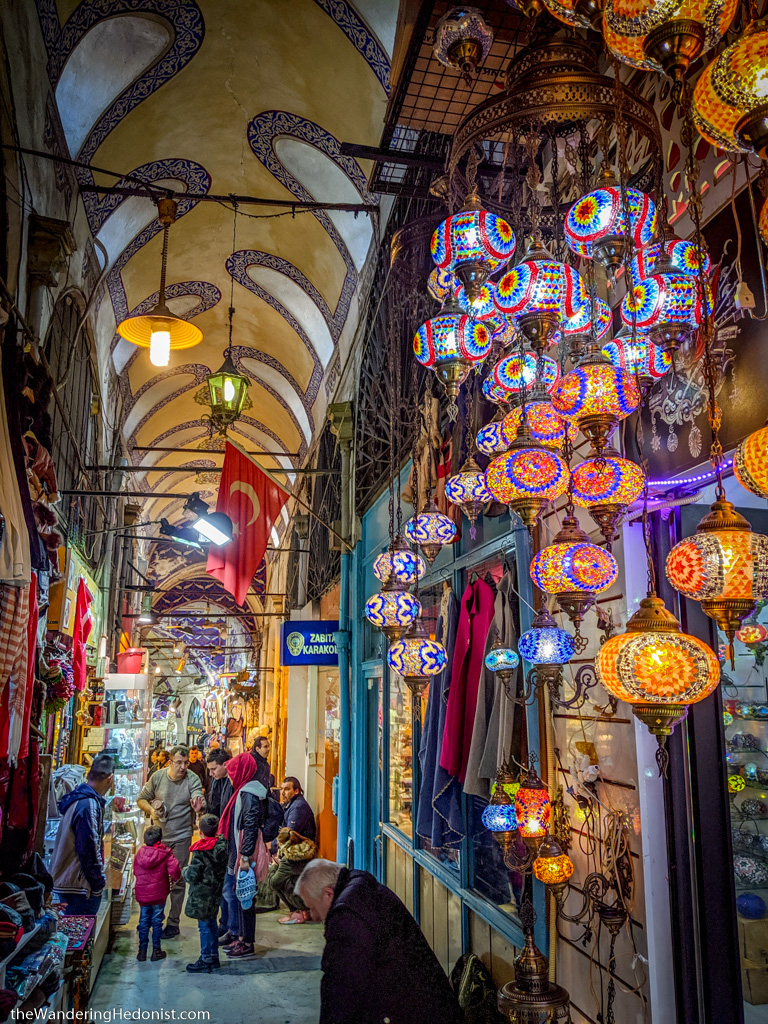
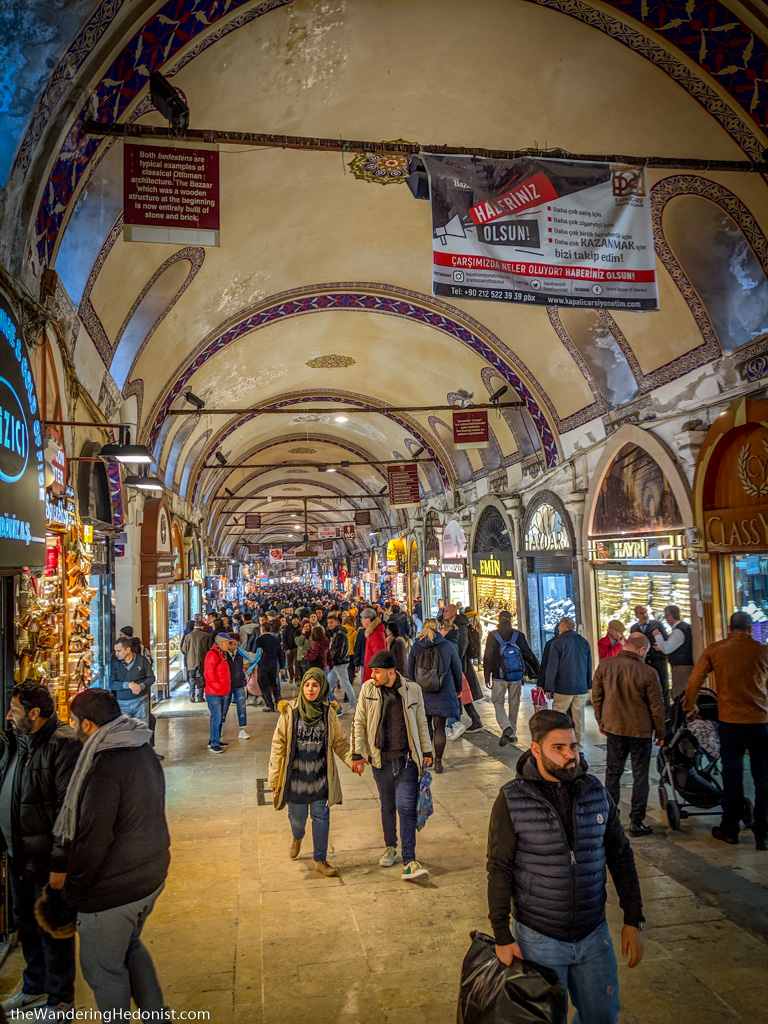

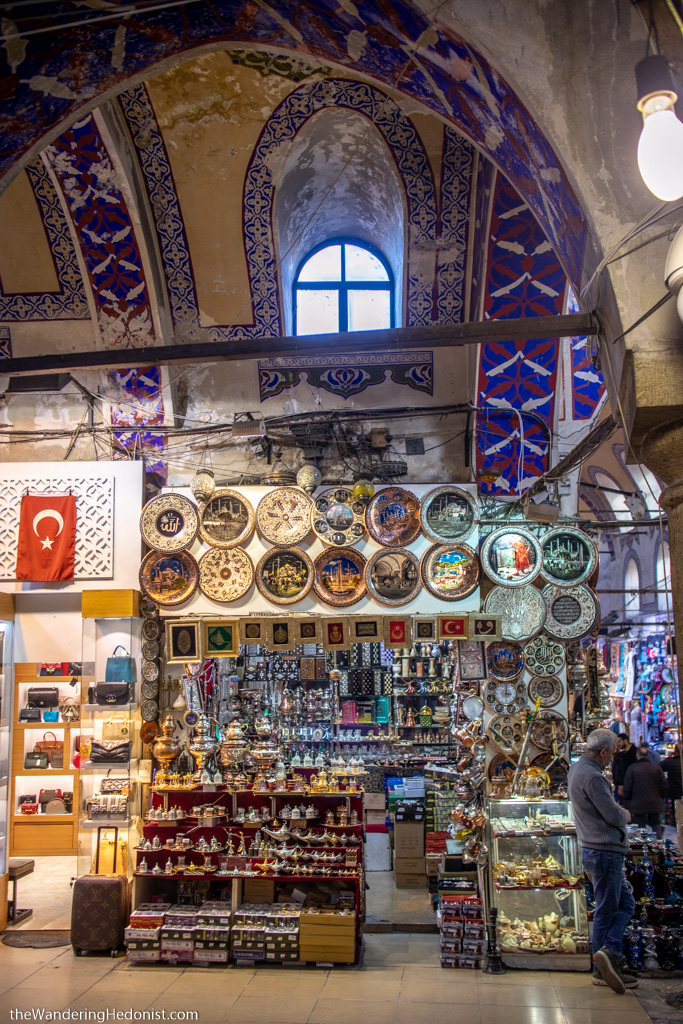








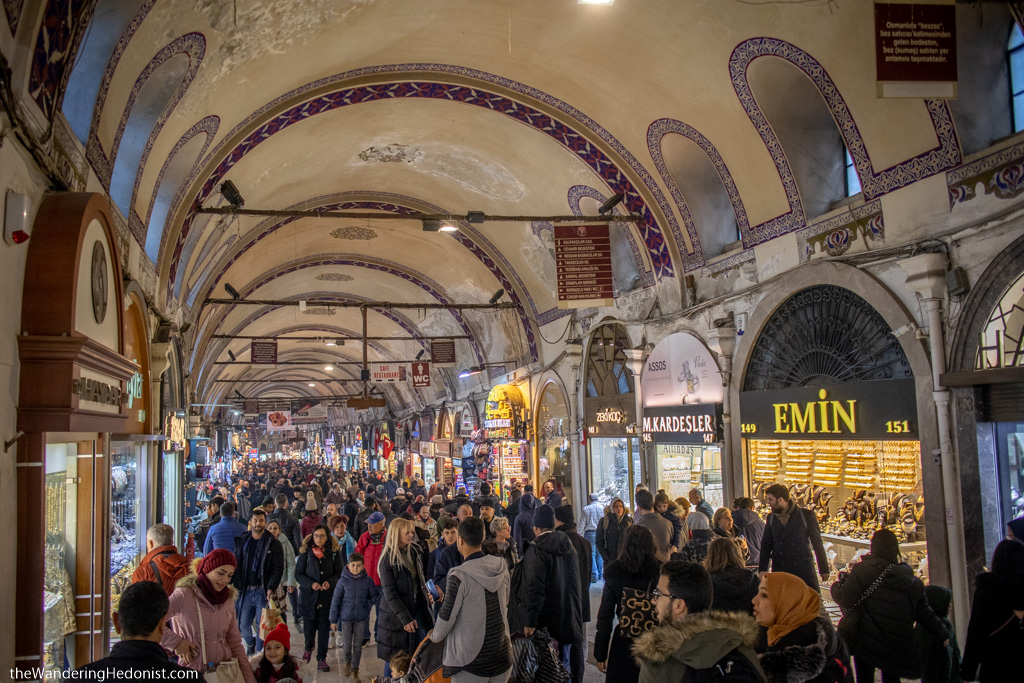
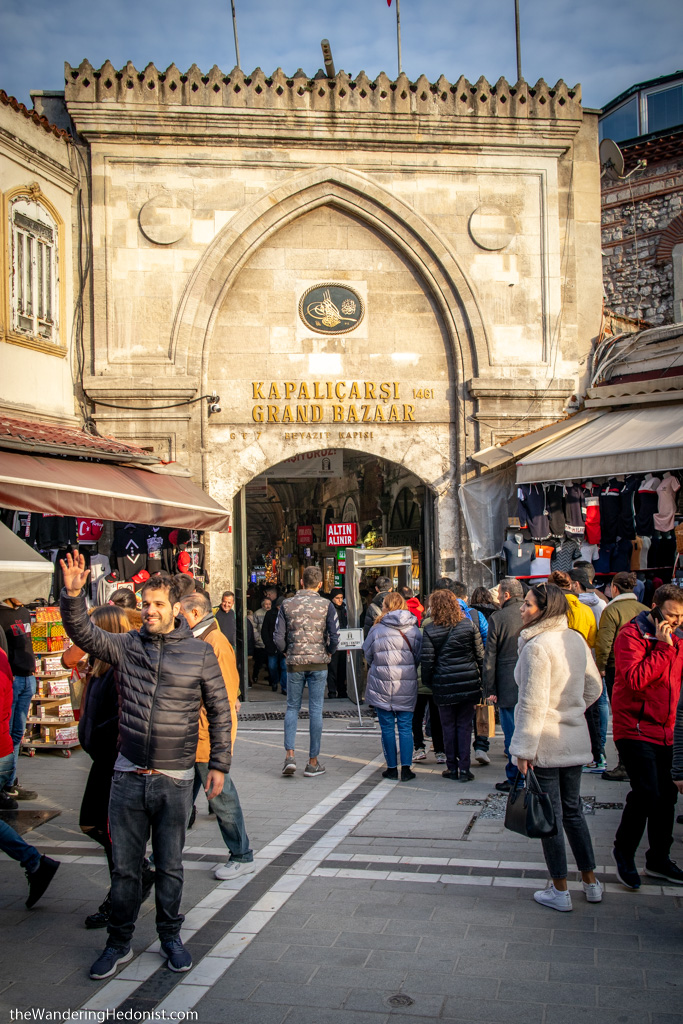



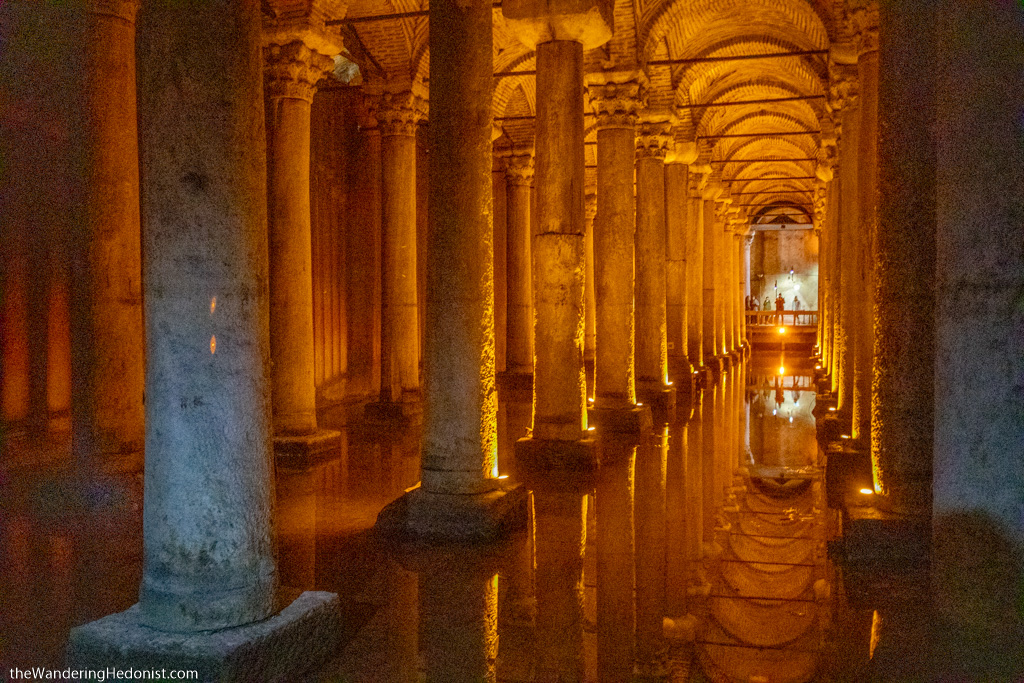




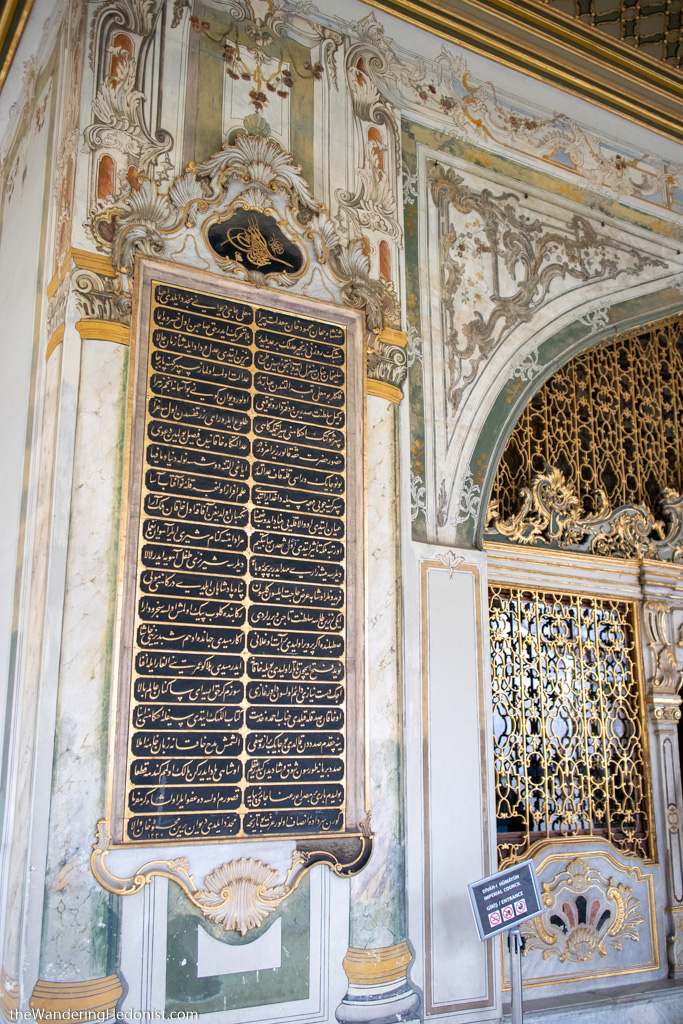








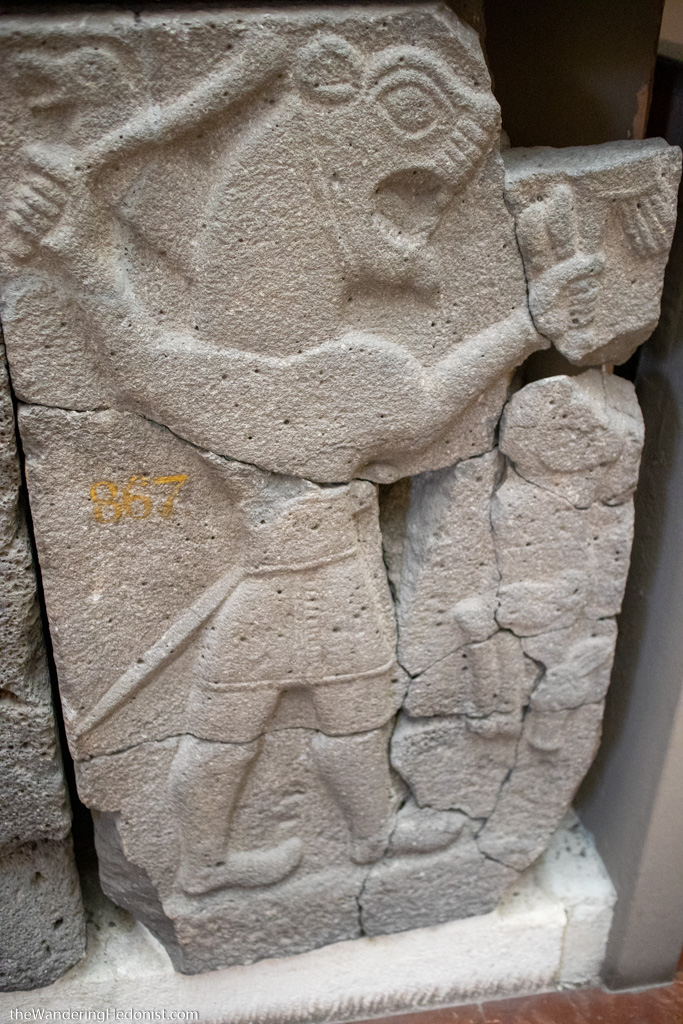




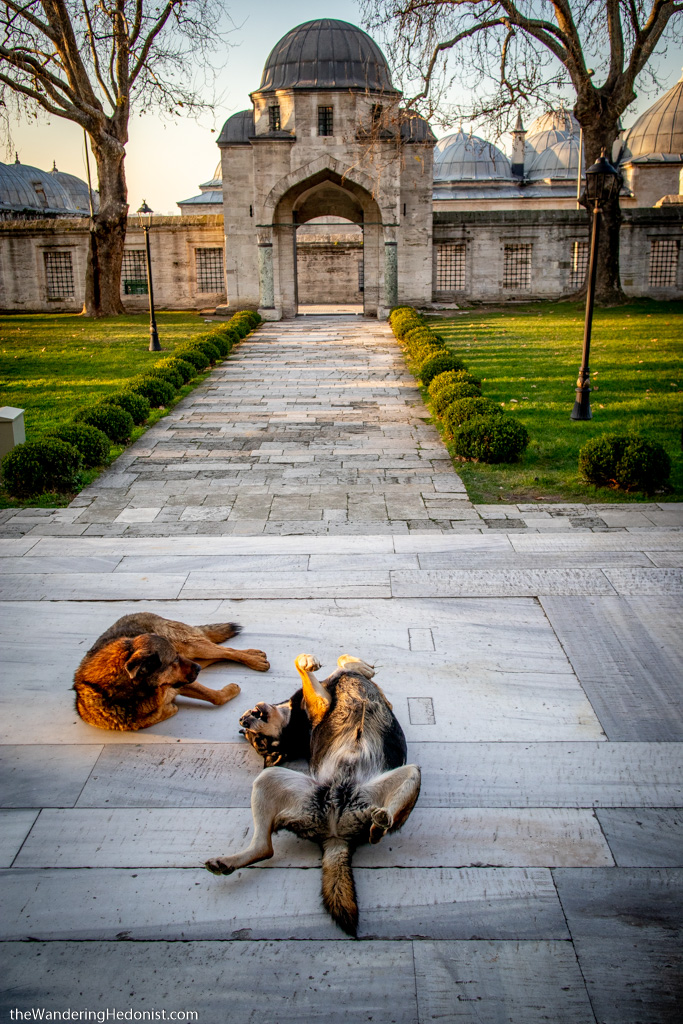

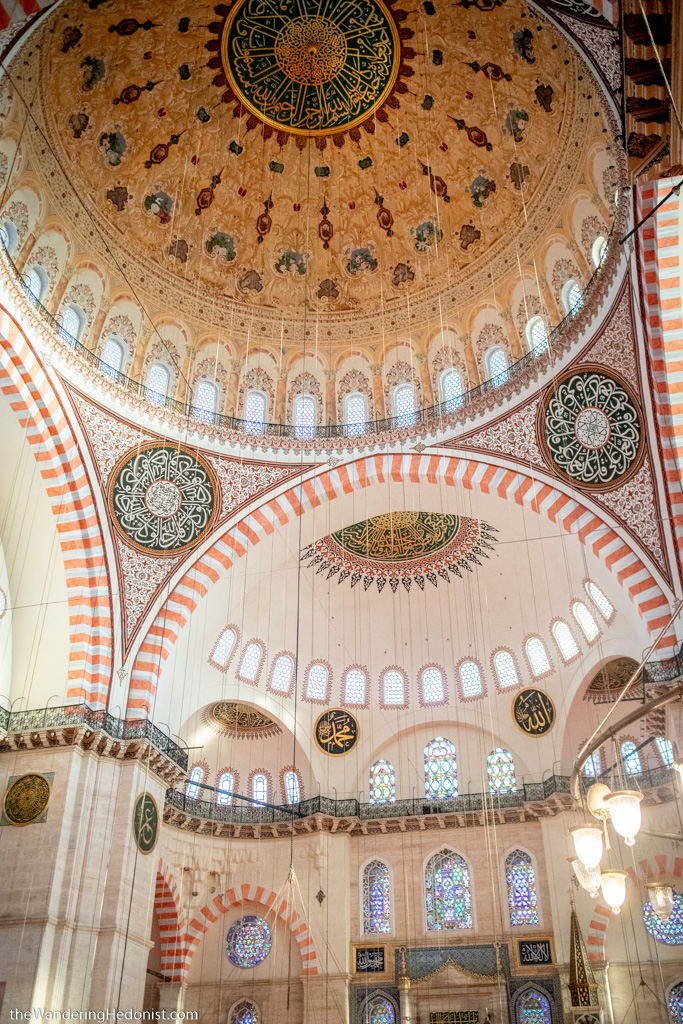
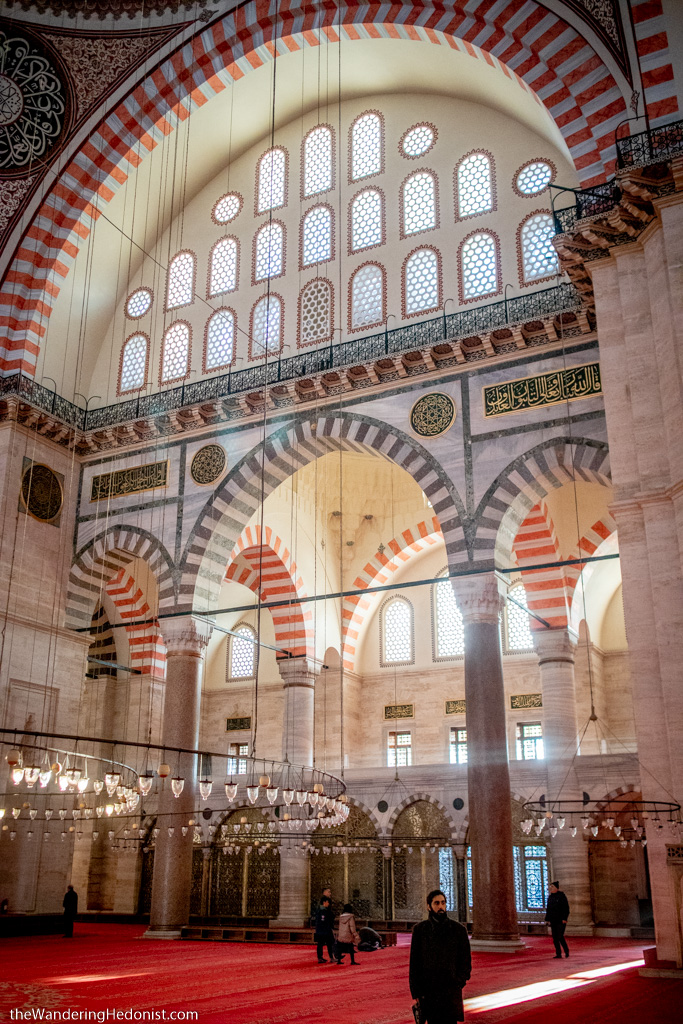
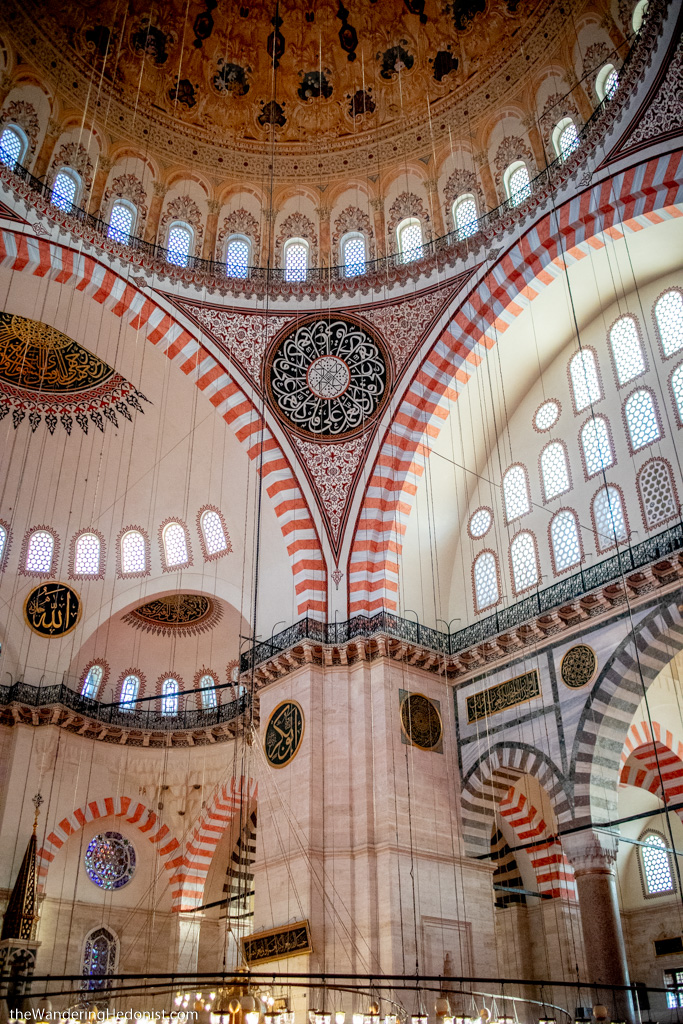
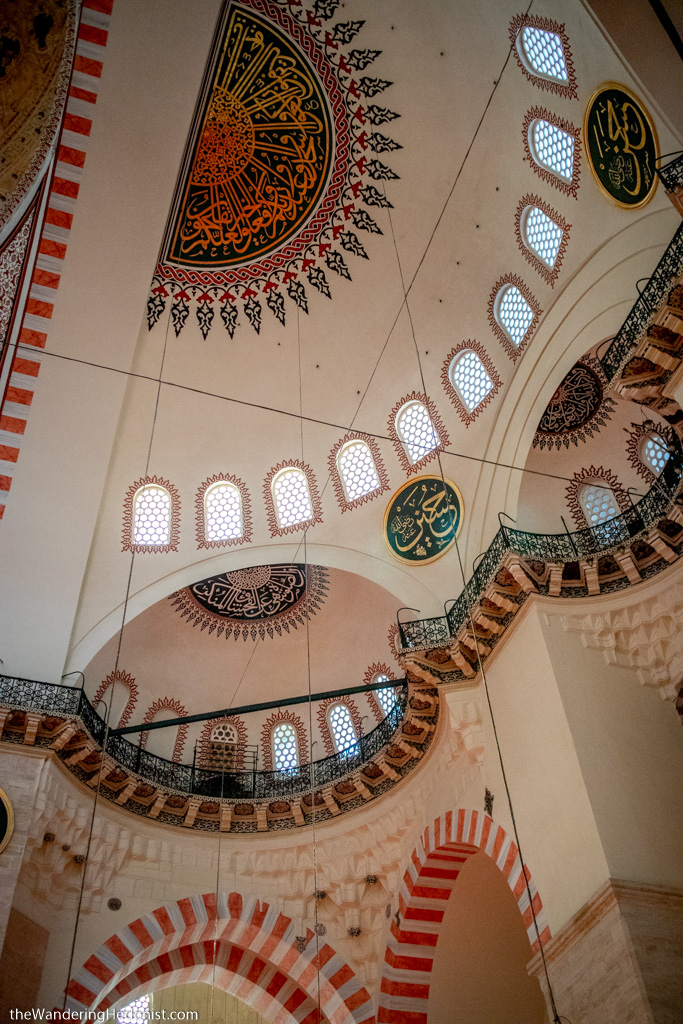
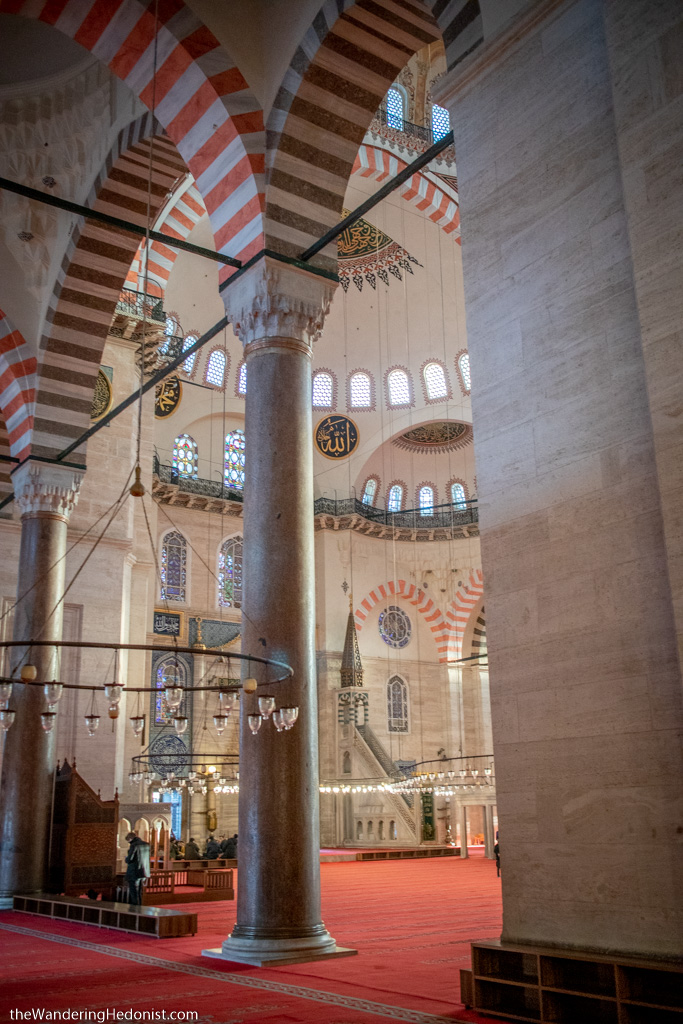




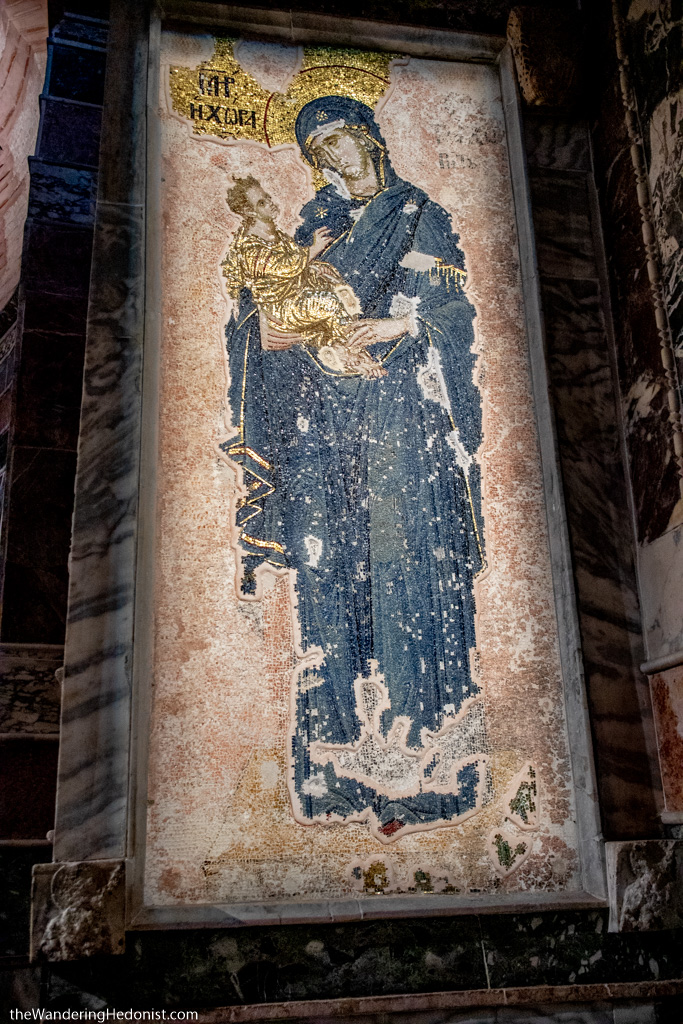
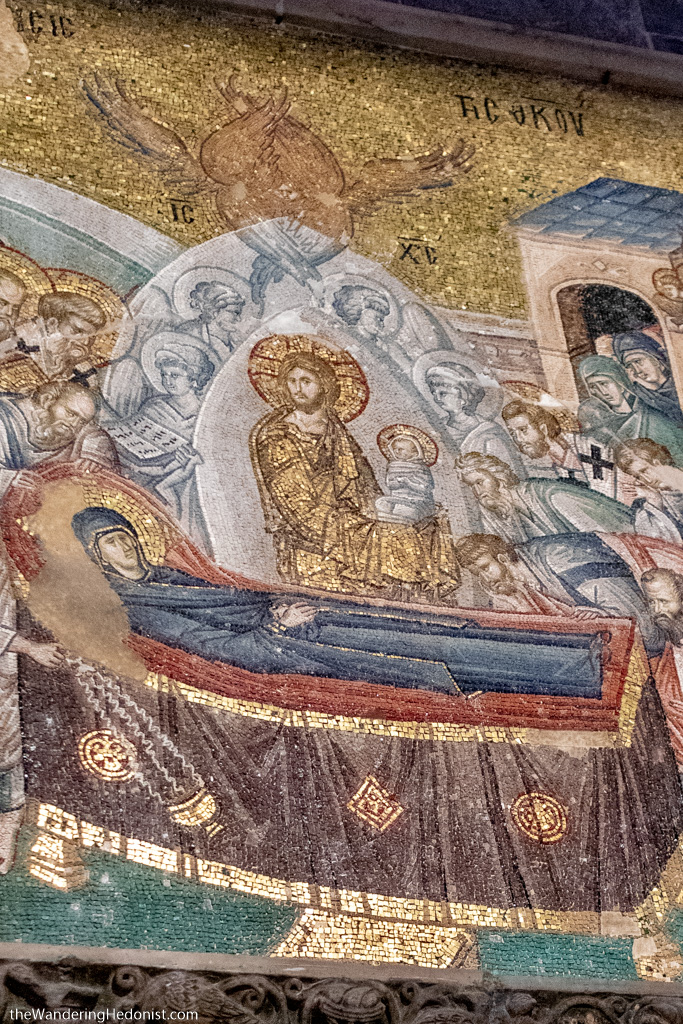


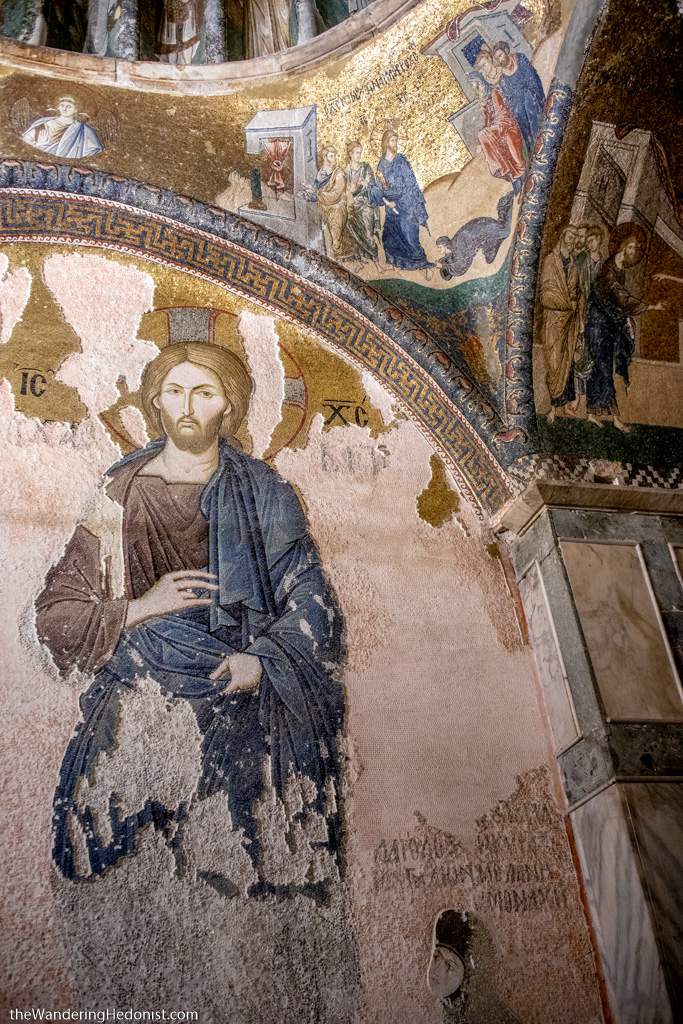
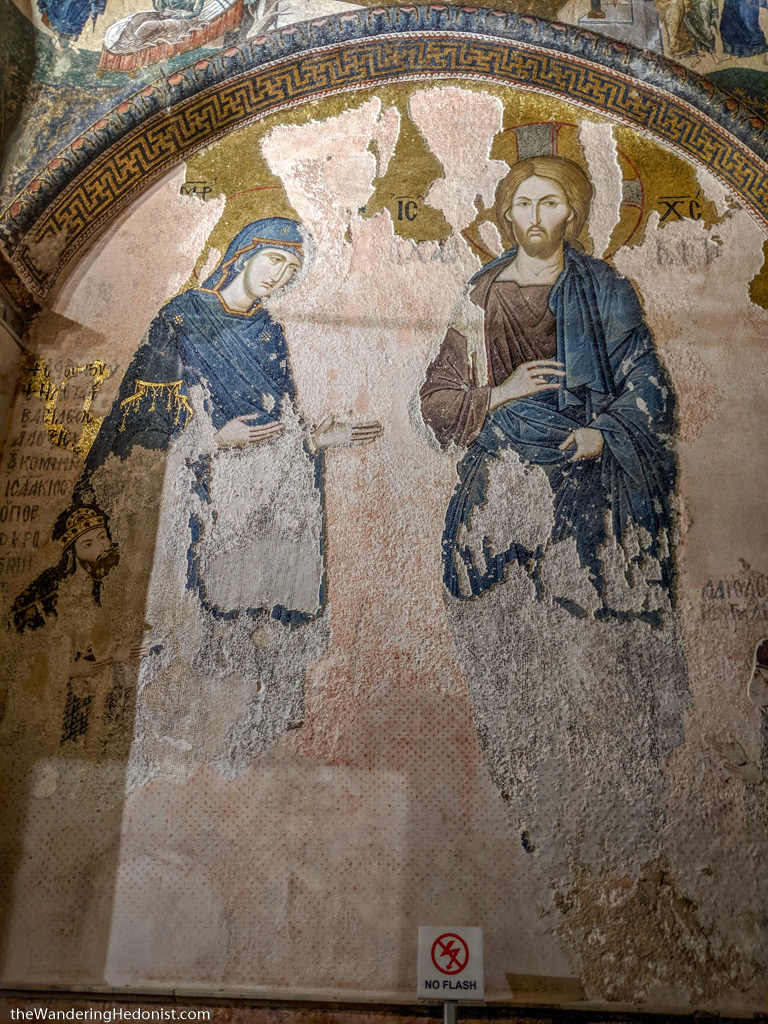
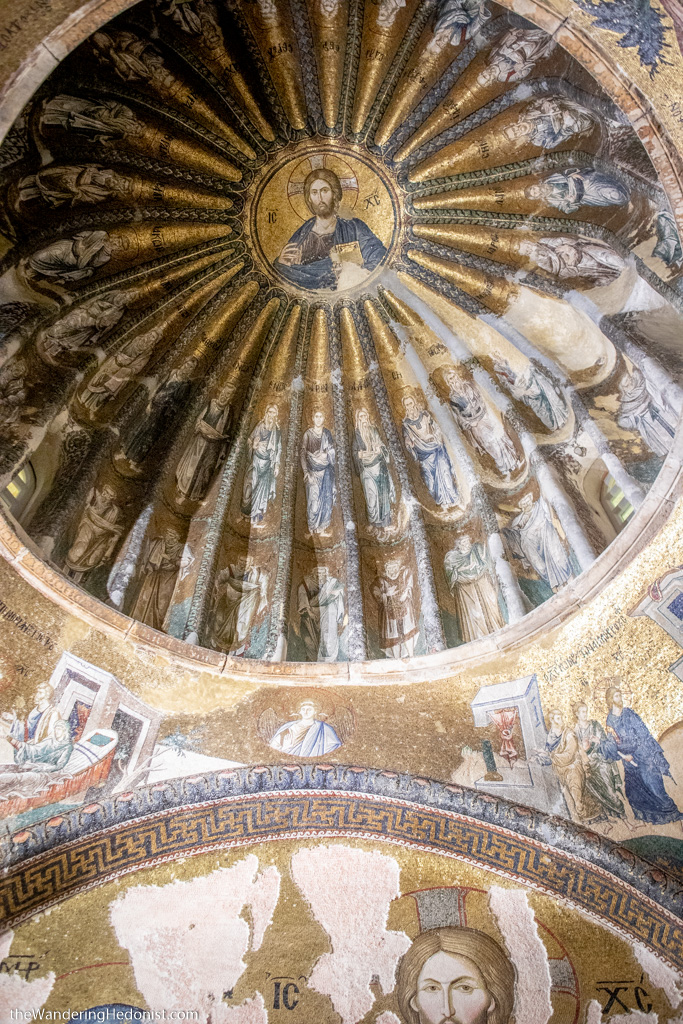

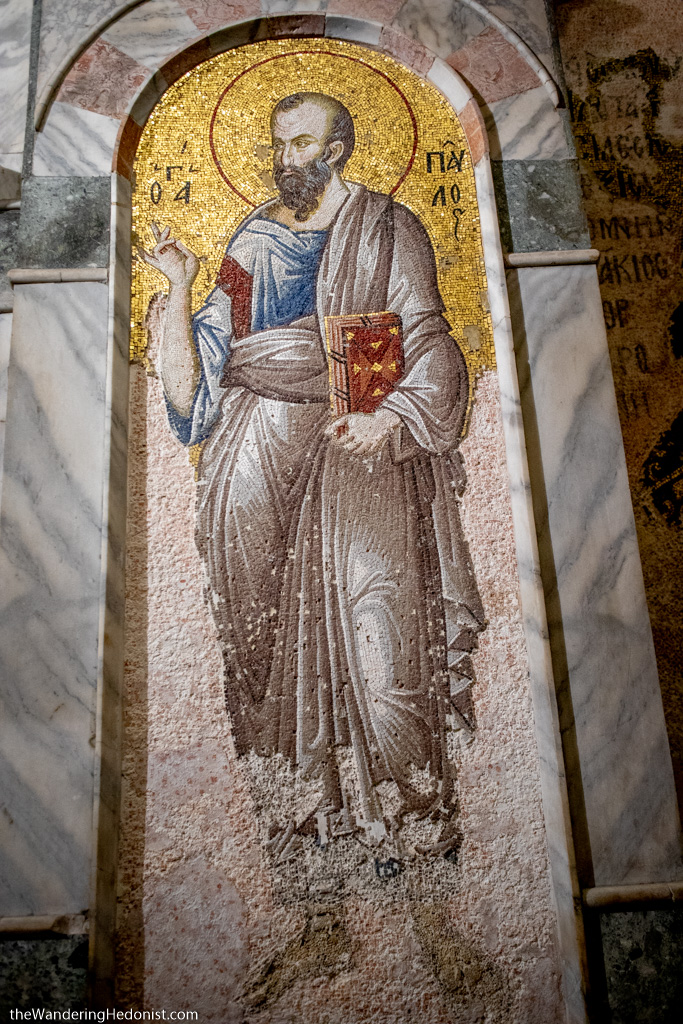

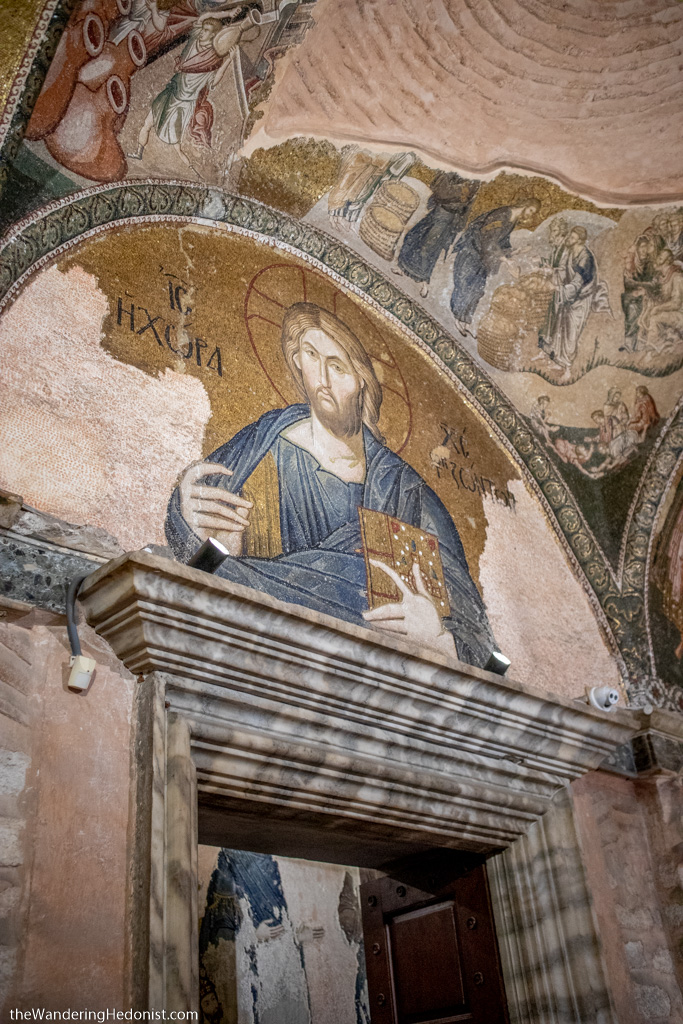
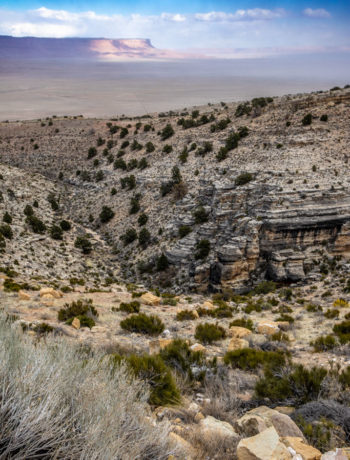

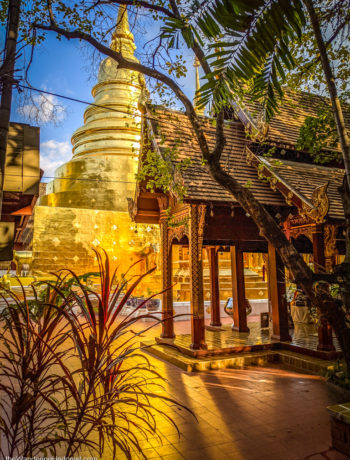
No Comments